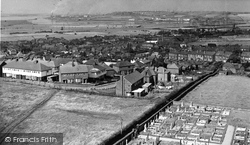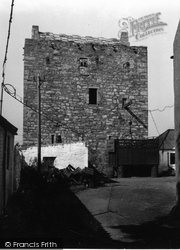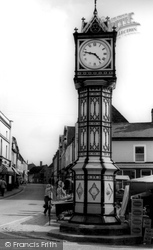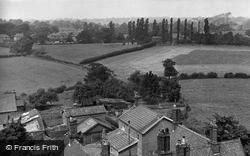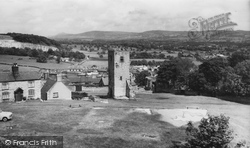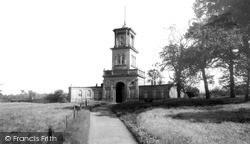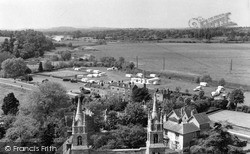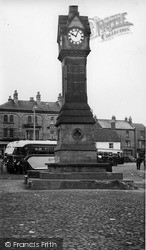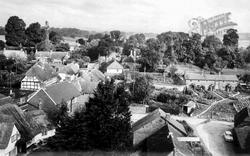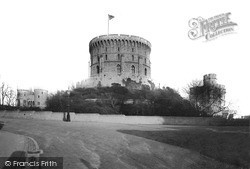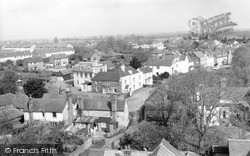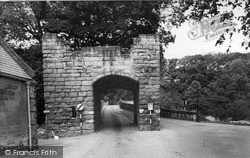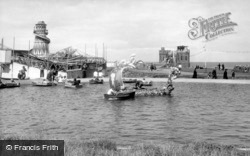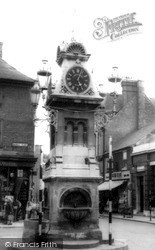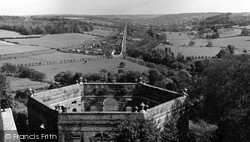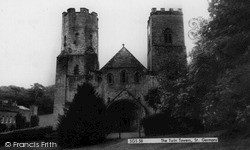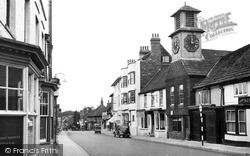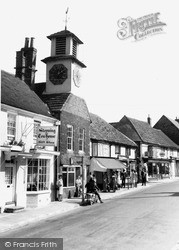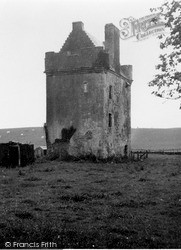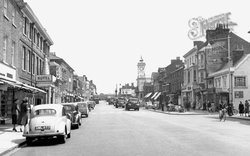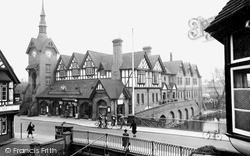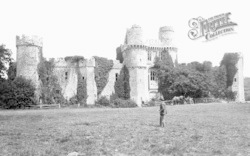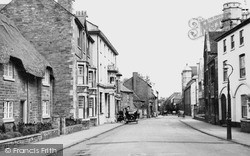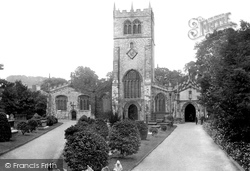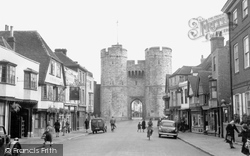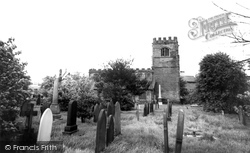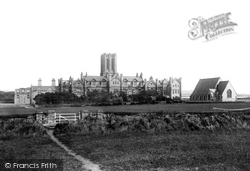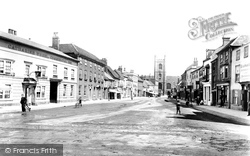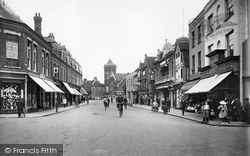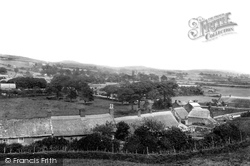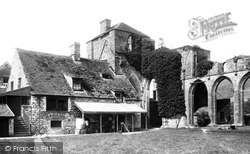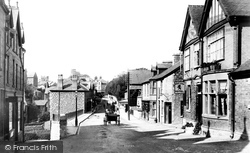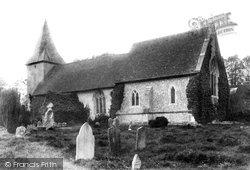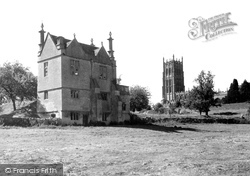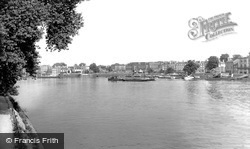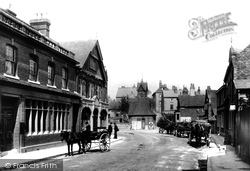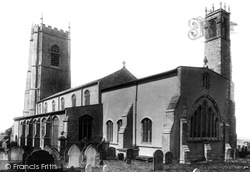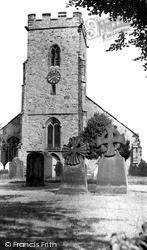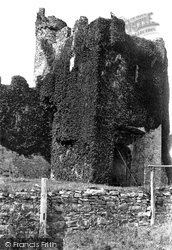Places
36 places found.
Those places high-lighted have photos. All locations may have maps, books and memories.
- Poplar, Middlesex
- Bow, Middlesex
- Bethnal Green, Middlesex
- Stepney, Middlesex
- Alton Towers, Staffordshire
- Isle of Dogs, Middlesex
- Limehouse, Middlesex
- Spitalfields, Middlesex
- Barjarg Tower, Dumfries and Galloway
- Bromley, Middlesex
- Stratford Marsh, Middlesex
- Tower Hill, Merseyside
- Tower Hill, Essex
- St George in the East, Middlesex
- Wapping, Middlesex
- Globe Town, Middlesex
- Old Ford, Middlesex
- Cubitt Town, Middlesex
- Tower Hill, Cheshire
- Tower Hill, Surrey
- Bow Common, Middlesex
- Mile End, Middlesex
- Millwall, Middlesex
- Ratcliff, Middlesex
- Warmley Tower, Avon
- Tower Hill, Hertfordshire
- Tower End, Norfolk
- Tower Hamlets, Kent
- Tower Hill, Devon
- Tower Hill, West Midlands
- Blackwall, Middlesex
- North Woolwich, Middlesex
- Hackney Wick, Middlesex
- Shadwell, Middlesex
- South Bromley, Middlesex
- Tower Hill, Sussex (near Horsham)
Photos
2,720 photos found. Showing results 1,681 to 1,700.
Maps
223 maps found.
Books
1 books found. Showing results 2,017 to 1.
Memories
637 memories found. Showing results 637 to 637.
Captions
3,036 captions found. Showing results 2,017 to 2,040.
The prominent clock tower is Dunstable's old Town Hall, superseded in 1974 when the Borough of Dunstable was incorporated into the South Bedfordshire District Council.
Firemen used the tower of the Baths for hang- ing hose-pipes to dry.
Salvin incorporated a medieval pele tower which William, 14th Baron of Greystoke, had been given permission to fortify in 1353.
It was rebuilt in a military style, and in the towers are cross- crosslets from which cross-bow shafts could be discharged.
On the right there is a better view of the Memorial Hall but the Victoria Tower is obscured. The street lamp is of the older variety. It had been replaced by the 1960s.
It has five aisles, two on each side of the nave and chancel, and a fine tower with a peal of 10 bells.
The massive twin-towered Westgate is the only survivor of the six medieval gates which once interrupted the path of the Norman wall around the city. The rest were pulled down in 1781.
The chapel was completed around 1530, the nave c1541, and the tower over the period 1520-1540. The chancel was rebuilt by Lady Catherine Buckley in the 1550s and the porch is dated 1634.
The distinctive central tower of King William's College was designed by John Welch and was a feature of a major rebuilding programme following a fire in 1844.
away from the river bridge up Hart Street towards the Town Hall in Market Place and turned back by the Bell Street junction to take this view towards the church with its dominating earlier 16th-century tower
The octagonal tower is that of the Wesleyan church, which had replaced the Old Cock Inn. Over to the right, the Cross Keys had been superseded by the Regent Theatre.
Begun in 1618 for Sir Thomas Holte, Aston was not completed until 1635.This picture shows the east front; it comprises a main block of seven bays topped by a clock tower and two-stage cupola, and
The tower of St Mary`s parish church peeks above them (centre). Beyond, on the horizon, is the distant shape of Shipton Hill, resembling the hull of an upturned boat (left of centre).
Its roof probably dates from the late 18th century, but the steeper pitch of an earlier medieval roof can be seen in the tower wall behind it.
Positioned cosily under the downs, and with its cluster of thatched and slate-roofed cottages around it, the Perpendicular tower of St Lawrence's Church rises above the surrounding gravestones.
The tower of St John the Baptist's church in Station Road is visible on the left.
When this picture was taken, the town hall, with its 225 ft tower and spectacular frontage of giant columns and pilasters, was in desperate need of a good clean to rid it of decades of soot and grime.
Nearby is a large, redbrick building with towers, gables and terracotta panels.
The 120-foot tower of St James' dominates this view from the south-east. The church is notable for its 15th- century frontals, which are said to be the earliest set in the country.
Left of it is the appalling 1960s Vencourt Hotel tower.
The quaint old clock tower with the fire station in its base, which stood at the foot of Gravel Hill, was an early casualty of the town planners' ruthless remodelling of the town centre.
The smaller tower at the north- east angle of the chancel was erected by these same merchants so that a lantern light could be placed in it for the guidance of their ships into the quay.
Only the tower remains from the early 14th-century; the remainder was rebuilt using some original materials by Henry Stevens of Derby in 1848, who also restored a number of churches on the west
The gatehouse was built in the 13th century, and it is situated next to some of the earliest stone structures in the castle: the Old Tower on the right was built in the 12th century, and a fighting gallery
Places (38)
Photos (2720)
Memories (637)
Books (1)
Maps (223)




